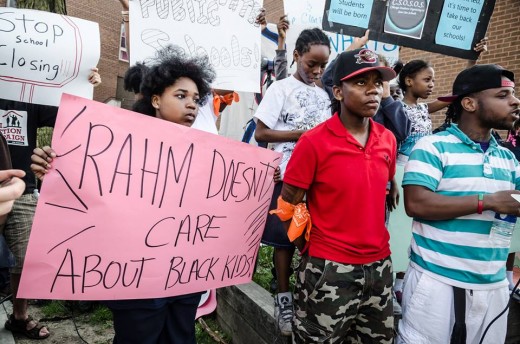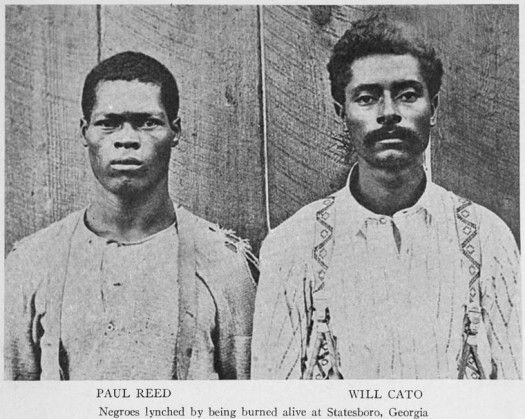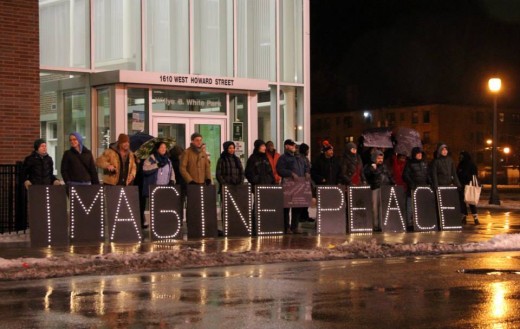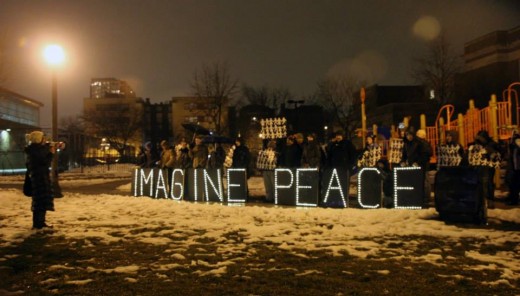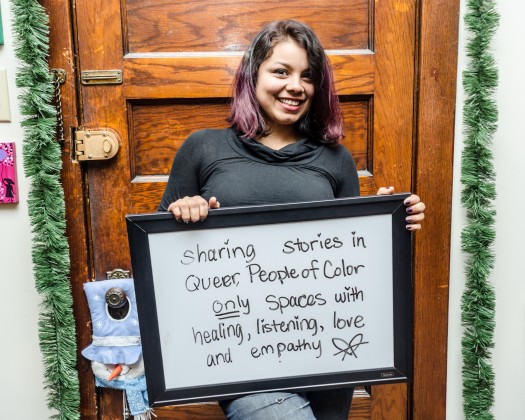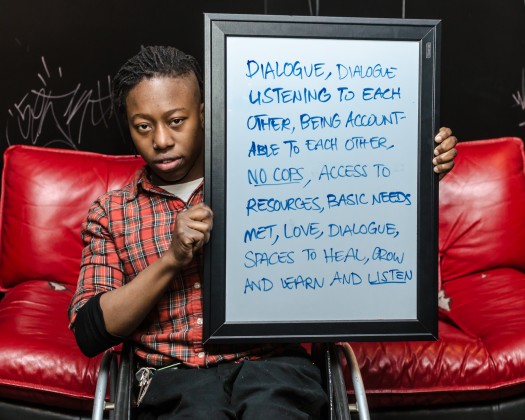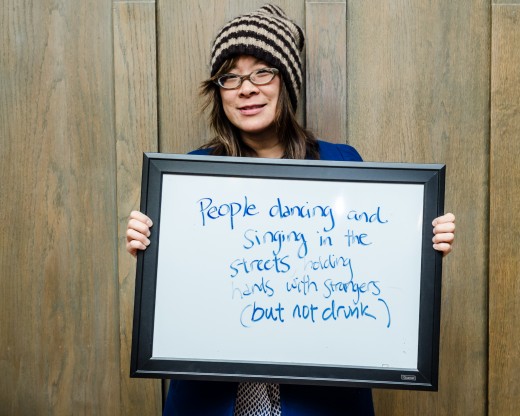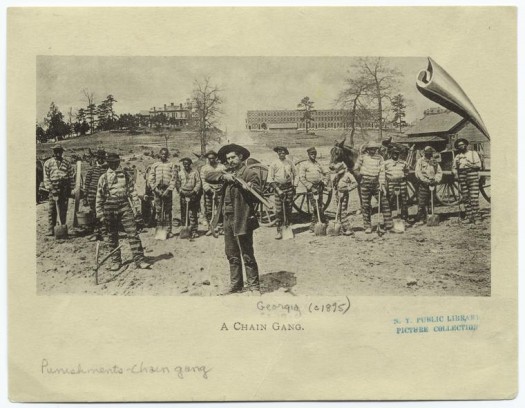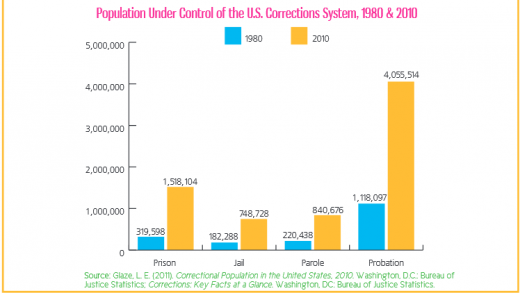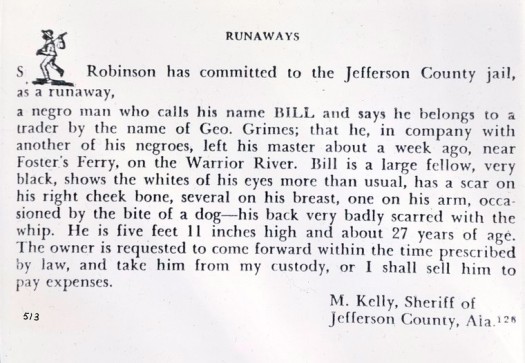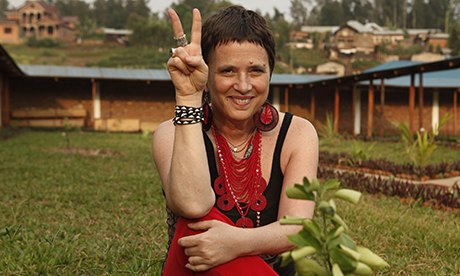2013 in Review: 10 Ways Chicago Youth Organize(d) to Dismantle the Carceral State
One of the many reasons that I love living in Chicago is because of the wonderfully inspiring young people who I am privileged to work with and to know. In 2013, I was as encouraged as ever by their activism and organizing. Below are just a few of the actions and campaigns that I have followed and/or supported in some way. This is not even the tip of the iceberg in terms of youth activism and organizing that has taken place in Chicago this year. For example, many young people protested and organized against ALEC when they came to Chicago for their annual conference in August. Listen to Asha, a young organizer, discuss the group’s problematic nature here. Please feel free to offer your examples in the comments section.
1. Chicago Students Opposing School Closures, High Stakes Testing, and Budget Cuts
Young people were fully engaged in the struggle against school closings. You can find some of the posts that I wrote about their activism and organizing here, here, here, and here.
At the forefront of the student mobilization were the young people of Chicago Students Organizing to Save Our Schools (CSOSOS).
Despite the fact that 50 schools were closed, students are not deterred. They have joined together to launch the Chicago Student Union insisting that their voices be included & heard in any educational decision-making. Chicago student activism hasn’t ebbed as they continue to protest budget cuts, high stakes testing, the school-to-prison pipeline, and education privatization.
2. Trauma Center Campaign: Fearless Leading by the Youth and Rise Chicago
I started writing about the youth-led campaign to bring a level-1 trauma center for people ages 16 and over to the Southside of Chicago a couple of years ago. This year kicked off with a violent police assault against peaceful protesters (including several youth and adults who I know). There were arrests and eventual acquittals for some of the adult protesters. This event galvanized more people to join in the effort spearheaded by the youth of FLY three years ago to bring an adult trauma center to the Southside.
You can read an update about the campaign (which is ongoing) here. You can read some of my posts here, here, here, and here.
